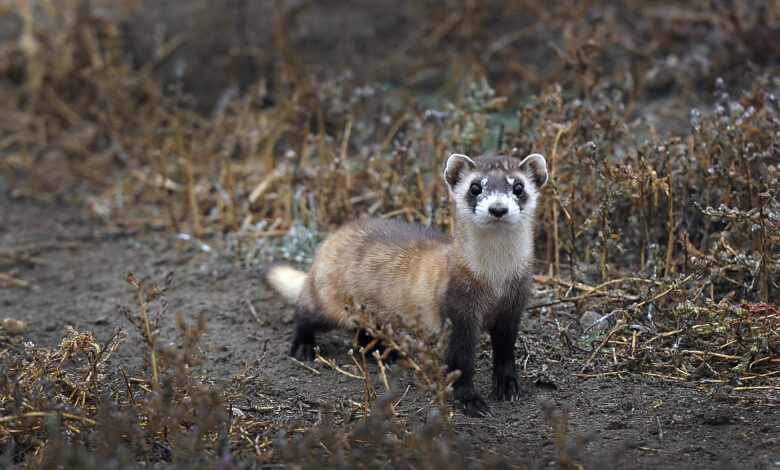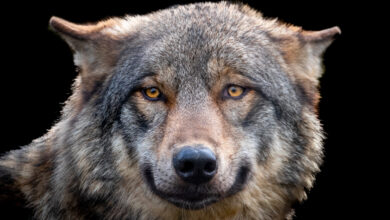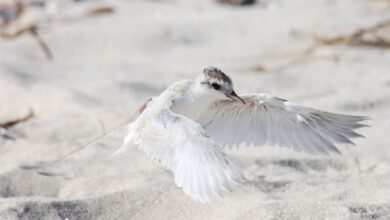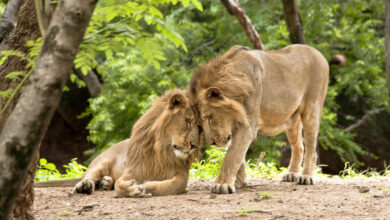
The black-footed ferret was thought to be extinct in the wild until a small population was rediscovered in Wyoming in 1981 -- but it was decimated by disease. A clone named Elizabeth Ann was born in 2020 thanks to the genetic material of a ferret that had been kept in storage at the Frozen Zoo since 1988, the first time a native endangered species had been cloned in the US. Photo Credit: Kathryn Scott Osler/Getty Images
Animals USAThis Animal Cryobank Is a Conservation Must
The San Diego Zoo in California, United States, is home to the world’s largest animal cryobank – where skin samples from rare and endangered species are stored – and the genetic material preserved can be used for conservation techniques already applied… and those yet to be discovered.
“As the effort built up, we realized that we were collecting an irreplaceable repository of very rare animals,” says Oliver Ryder, a geneticist at the San Diego Zoo. “Because we have cells in the Frozen Zoo, we can now apply new techniques and new technologies to extend our understanding, and learn more information that’s of direct relevance to preventing extinction in endangered species.”
The overall drop in animal populations – a 68% drop of all species combined, since the 1970s – prompted the search for solutions to prevent their extinction such as the innovative one that is the Frozen Zoo, which is no longer a visionary endeavor, but a scientific must-do. The field of genetics has largely evolved over the decades, starting with cloning. Since 2001, four endangered species have been cloned using genetic material preserved at the Frozen Zoo where there are samples from over 10,500 individual animals from 1,220 species. Cloning endangered species help to save them because it can boost genetic diversity: species with dwindling populations are bound to inbreed, thus shrinking the genetic pool and threatening their survival. With ecosystems under pressure because of the climate crisis, cryobanks play a crucial role in the survival of millions of species.



